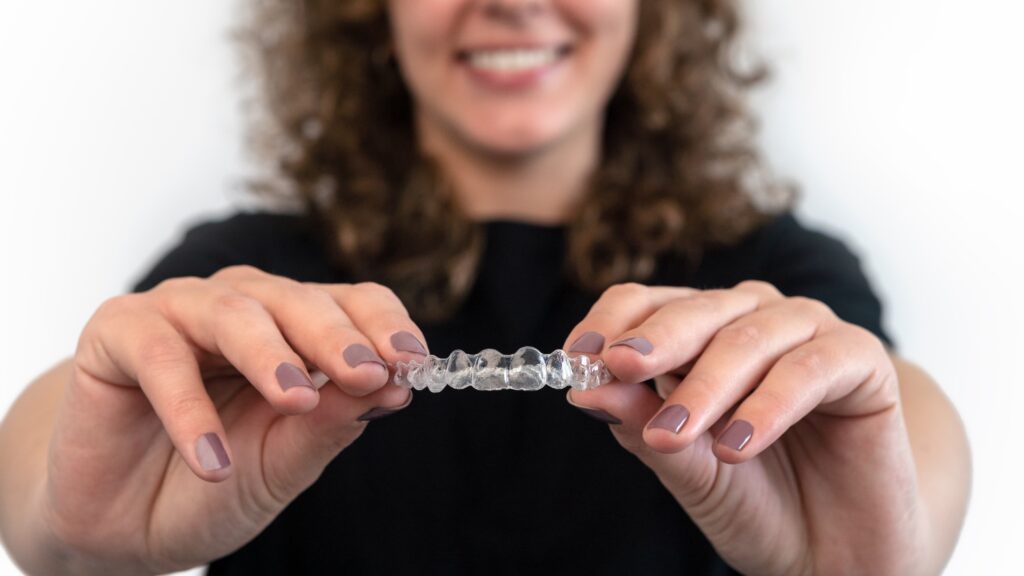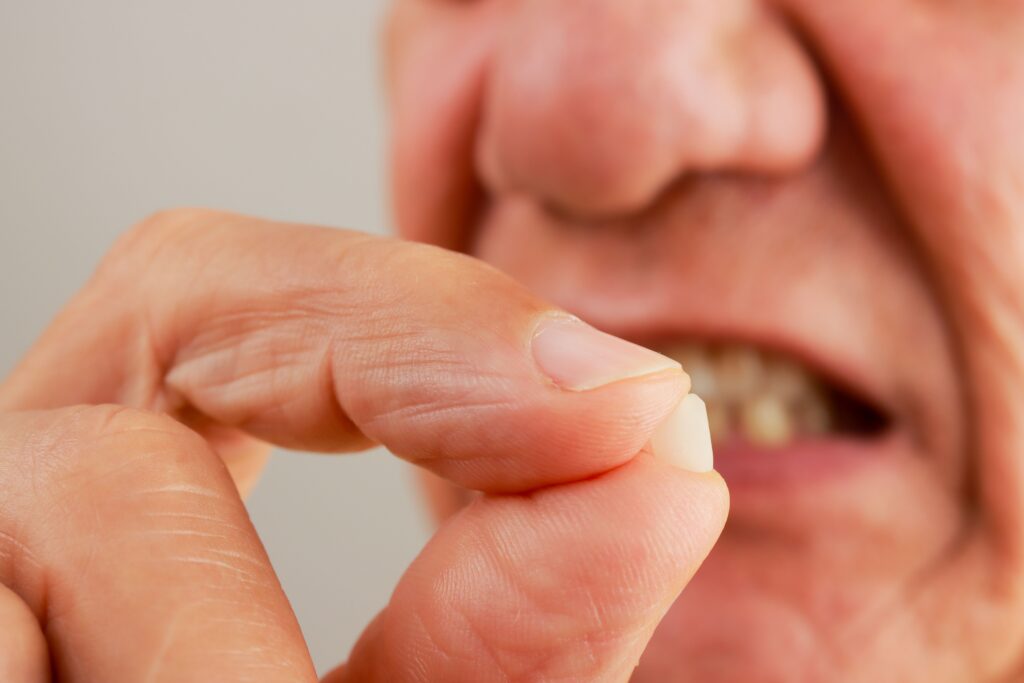Invisalign is a popular orthodontic treatment that uses clear, removable aligners to straighten teeth. Many people considering this option often wonder how soon they will notice changes in their smile. The timeline for visible results can vary based on individual factors, but here’s a general overview to help set expectations.
How Does Invisalign Work?

Invisalign aligners are custom-made to fit snugly over your teeth. They apply gentle, consistent pressure to guide teeth into their desired positions. Approximately every one to two weeks, you’ll switch to a new set of aligners, each designed to continue the progression toward optimal alignment. For the best results, it’s essential to wear the aligners for 20 to 22 hours daily, removing them only for eating, drinking (anything other than water), and oral hygiene routines.
When Will I Start Seeing Results?
The timeframe for noticing changes with Invisalign varies among individuals. Here’s a general timeline:
- First Few Weeks: Some patients may observe minor shifts in their teeth within the initial weeks. These subtle changes might not be immediately apparent to others but can be felt by the patient.
- 3 to 4 Months: Many patients begin to see more noticeable changes in their smile during this period. This is when friends or family might start commenting on the improvement.
- 6 to 9 Months: Significant changes are often evident, with teeth moving closer to their final positions.
- 12 to 18 Months: Most Invisalign treatments are completed within this timeframe, resulting in a fully transformed smile.
It’s important to note that these timelines can vary based on the complexity of the case and individual biological responses.
Factors Influencing Invisalign Results

Several factors can affect how quickly you notice changes:
- Compliance: Wearing your aligners as directed (20 to 22 hours daily) is crucial. Inconsistent use can delay progress.
- Complexity of the Case: Mild adjustments may show results sooner, while more severe misalignments could take longer to correct.
- Age: Younger patients often experience faster tooth movement due to more active bone metabolism.
- Individual Biology: Genetic factors and bone density can influence the rate of tooth movement.
Maximizing Your Invisalign Progress
To ensure the best possible outcome:
- Wear Aligners as Prescribed: Aim for 20 to 22 hours of daily wear.
- Maintain Good Oral Hygiene: Brush and floss regularly to keep teeth and gums healthy, facilitating efficient movement.
- Follow Your Orthodontist’s Instructions: Attend all scheduled appointments and adhere to any additional guidance provided.
- Use Attachments or Elastics if Recommended: These auxiliaries can assist in achieving more complex movements.
Conclusion
While individual experiences may vary, many Invisalign patients start noticing changes within a few weeks to a few months. Consistency in wearing aligners and following your orthodontist’s advice are key to achieving timely and successful results. Remember, the journey to a perfect smile is gradual, but with patience and diligence, Invisalign can help you achieve the desired outcome.





